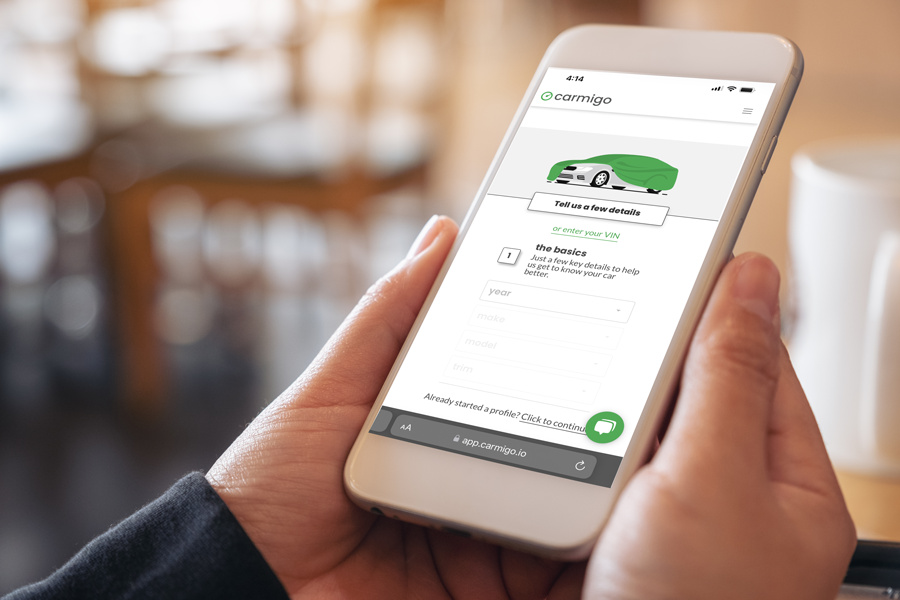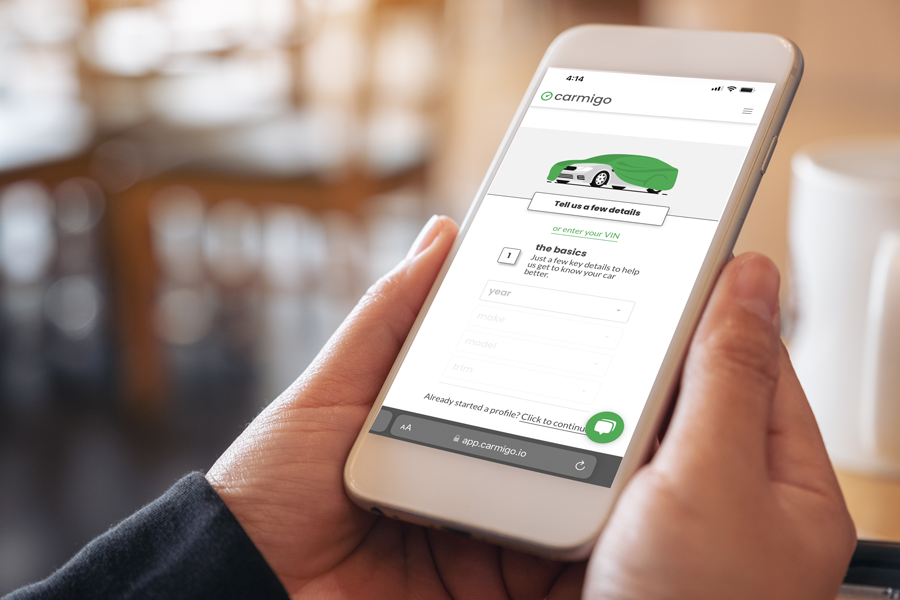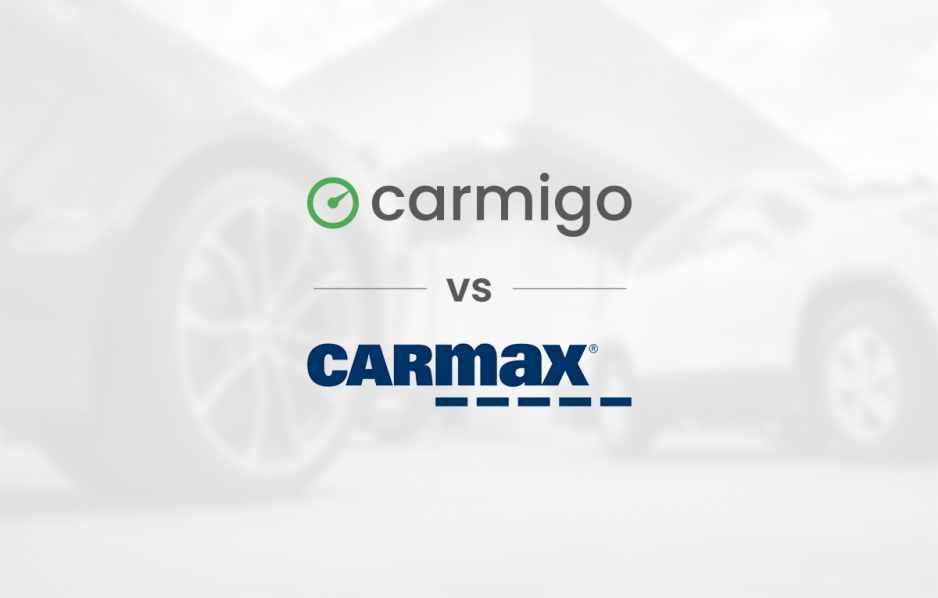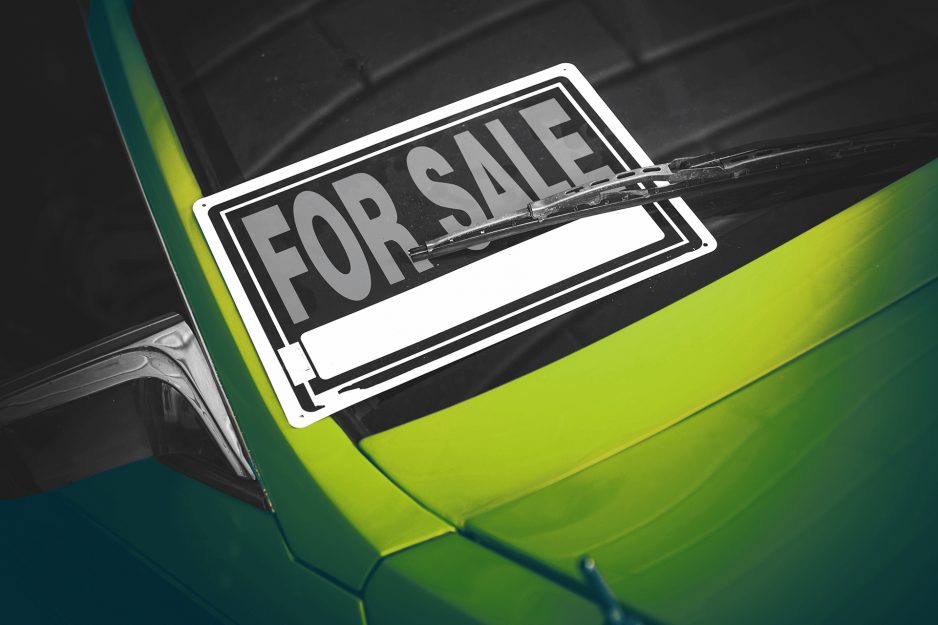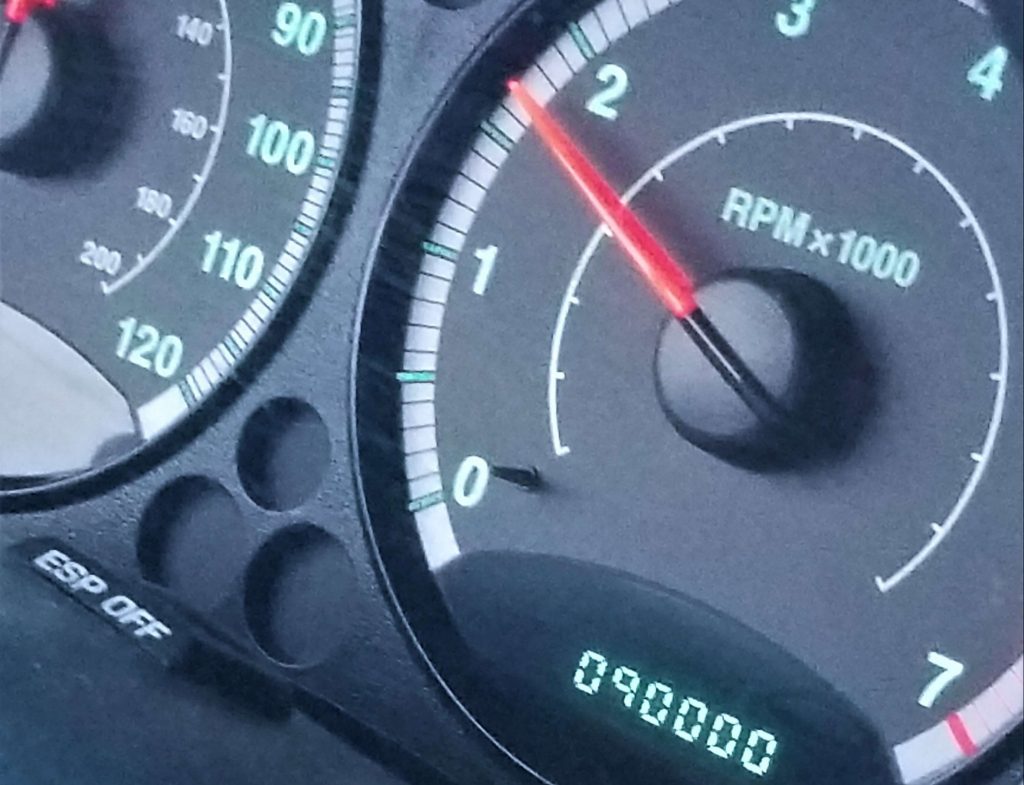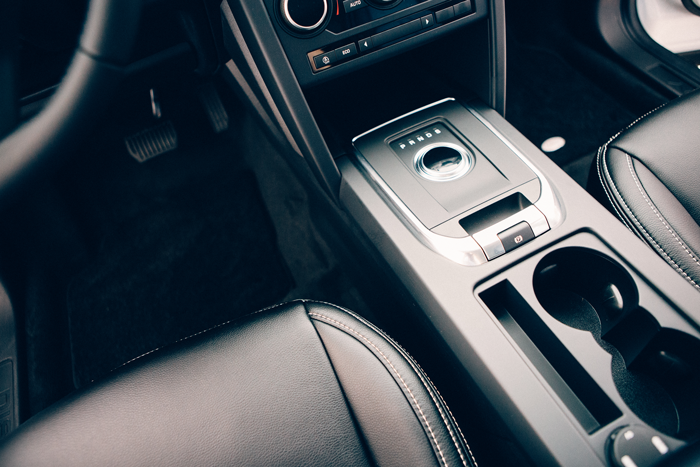When Should I Sell My Car
Determining the Best Time to Sell
Table of Contents
If you're considering selling your car, timing can play a crucial role in maximizing its resale value. Choosing the right moment to sell can make a significant difference in the amount of money you receive. Many factors, such as market conditions, seasonal trends, and your car's condition, impact the optimal time to sell. Here are some things to consider when you want to determine when to sell a car:

Assess the Market Demand
One of the primary factors to consider when determining the best time to sell your car is market demand. Keep an eye on trends in the automotive market, including fluctuations in prices and demand for certain types of vehicles. Online car marketplaces and classified ads can provide insights into the current market conditions. If the demand for your car’s make, model, or specific features is high, it could be a favorable time to sell.
- Research Online Platforms: Utilize online car marketplaces, classified ads, and automotive forums to gauge the demand for your specific make, model, and year of the vehicle. Look for similar cars listed for sale and take note of their pricing, how long they have been on the market, and the level of interest they generate through inquiries or comments.
- Analyze Pricing Data: Examine historical pricing data for your car model to identify any patterns or fluctuations in its value. Online resources like Kelley Blue Book, Edmunds, or local dealership websites can provide insights into the average selling price of vehicles similar to yours. Pay attention to the pricing trends and any deviations from the norm.
- Consider Local Factors: Remember that market demand can vary based on your location. Certain car models may be more popular or in higher demand in specific regions or cities due to local preferences, climate, or other factors. Research regional automotive markets to understand if there are any unique factors influencing demand in your area.
- Check Supply and Demand Balance: Evaluate the supply and demand balance for your car model. If there is an oversupply of similar vehicles in your market, it might be a less favorable time to sell as competition can drive prices down. Conversely, if the demand exceeds the available supply, you may have an advantage and be able to command a higher price.
- Analyze Market Trends: Stay updated on the latest market trends and news related to the automotive industry. Factors such as changes in consumer preferences, advancements in technology, or government regulations can impact the demand for specific types of vehicles. By keeping abreast of these trends, you can anticipate shifts in market demand and adjust your selling strategy accordingly.
- Seek Expert Opinions: Consulting with professionals, such as auto appraisers or local dealerships, can provide valuable insights into the market demand for your car. These experts have extensive knowledge of the automotive industry and can offer guidance on the optimal time to sell based on their experience and expertise.

Consider Seasonal Trends
Seasonal trends can significantly impact the selling price and demand for your car. In general, the demand for convertible or sports cars tends to increase during the spring and summer months when people are looking to enjoy the open road. On the other hand, four-wheel-drive vehicles, SUVs, and trucks may be more sought after during the winter months, particularly in areas with harsh weather conditions. By aligning your sale with the appropriate season, you can potentially attract more interested buyers and secure a better price.
- Spring and Summer:
During the spring and summer months, there is typically an increase in the demand for convertible and sports cars. As the weather improves and people seek to enjoy the open road, the allure of these types of vehicles grows stronger. If you own a convertible or sports car, selling it during this time may attract more potential buyers and increase the chances of obtaining a better selling price.
Additionally, families often plan road trips and vacations during the summer, leading to an increased demand for larger vehicles such as SUVs and minivans. If you own a family-oriented vehicle, selling it before the summer months can capitalize on this heightened demand.
- Fall and Winter:
While demand for sports cars and convertibles may decline in the fall and winter, there are still opportunities to sell your car during these seasons. As the colder months approach, four-wheel-drive vehicles, SUVs, and trucks become more desirable, particularly in regions with inclement weather. People are often searching for vehicles with enhanced traction and safety features to navigate through snow, ice, and challenging road conditions.
If you own a vehicle suited for winter driving, consider selling it in the months leading up to winter. This way, you can target buyers who are specifically looking for these types of vehicles, potentially resulting in a higher selling price.
- Year-End and New Year:
The end of the year and the beginning of a new year can also present opportunities for selling your car. Dealerships often offer discounts and promotions during this time to clear out inventory and make room for new models. As a result, some buyers may be in the market for used cars, looking to take advantage of the reduced prices on new vehicles.
Selling your car toward the end of the year can tap into this heightened demand for used cars while buyers are actively searching for deals. Additionally, some individuals may receive year-end bonuses or tax refunds, which can influence their purchasing decisions.

Mileage and Condition:
The mileage and condition of your car are important factors that influence its value. Higher mileage or significant wear and tear can negatively affect your car’s marketability and resale price. If your vehicle has accumulated excessive mileage or requires costly repairs, it might be wise to sell it sooner rather than later. Conversely, if your car is in excellent condition or has low mileage, you may consider holding onto it a bit longer to maximize its value.
- Mileage:
The mileage of a car refers to the total distance it has traveled. In general, lower mileage tends to be more appealing to potential buyers, as it suggests that the vehicle has been driven less and may have less wear and tear. Consequently, a car with lower mileage often commands a higher resale value.
- Condition:
The condition of your car encompasses both its mechanical reliability and its physical appearance. A well-maintained and visually appealing vehicle will generally have higher market value compared to one with visible signs of wear and neglect.
- Physical Appearance:
The overall appearance of your car is also crucial in attracting potential buyers. Ensure that the exterior is clean and free of major dents, scratches, or paint damage. The interior should be tidy, without excessive wear or tear on the upholstery, dashboard, or controls. If your car requires significant cosmetic repairs, such as repainting or fixing major dents, it might be beneficial to address these issues before selling it, as it can improve its marketability and perceived value.

Evaluate Maintenance and Repairs:
Routine maintenance and repairs can also impact the decision to sell your car. If you’ve recently invested in major repairs or have a well-documented service history, it may be beneficial to sell your car while potential buyers can see the value in those investments. On the other hand, if your vehicle requires significant repairs that outweigh its market value, it might be more prudent to sell it sooner to avoid further depreciation.
- Maintenance Records: Having a well-documented maintenance history can provide valuable reassurance to potential buyers. Gather all the service records, including routine maintenance such as oil changes, tire rotations, and fluid replacements. Buyers appreciate evidence that the car has been well taken care of, which can boost their confidence in purchasing it. If you’ve diligently followed the manufacturer’s recommended maintenance schedule, be sure to highlight that as well.
- Recent Repairs: Consider any recent repairs or upgrades you have made to the car. If you’ve invested in significant repairs or replaced major components such as the engine, transmission, or suspension, these can add value to your vehicle. Highlight these repairs in your listing or when talking to potential buyers. Buyers are more likely to pay a premium for a car with recent repairs, as they may see it as an opportunity to avoid immediate expenses.
- Cosmetic Condition: Assess the cosmetic condition of your car, both inside and out. Take note of any dents, scratches, or paint chips on the exterior and consider addressing them before listing your car for sale. A clean and well-maintained appearance can make a positive impression on buyers and potentially increase the perceived value of your vehicle. Similarly, clean the interior thoroughly and address any issues like stains, tears, or excessive wear on the upholstery.
- Mechanical Issues: Be honest with yourself about any mechanical issues your car may have. Consider getting a professional inspection to identify any hidden problems that could impact its value. Addressing these issues before selling might be worth the investment, as it can prevent potential buyers from negotiating a lower price or walking away altogether. Buyers generally prefer vehicles that are in good working order and don’t require immediate repairs.
- Cosmetic and Functional Upgrades: Evaluate any cosmetic or functional upgrades you’ve made to your car. Upgrades such as new tires, a modern entertainment system, enhanced safety features, or a fresh coat of paint can increase its appeal and value. Highlight these upgrades in your listing and emphasize the added benefits they offer to potential buyers.

Plan Ahead for New Models:
When new car models are released, the value of older models tends to decrease. If you own a popular make or model, consider selling it before a new version hits the market. By doing so, you can take advantage of the demand for the current model and potentially secure a higher resale value.
- Research Release Cycles:
Stay informed about the release cycles of car manufacturers, especially for the make and model of your vehicle. Manufacturers often have predictable schedules for introducing new models or making significant updates. By researching and understanding these cycles, you can anticipate when your car’s value might start to depreciate due to the introduction of a newer version.
- Anticipate Changes and Updates:
New car models often come with advanced features, improved technology, enhanced safety features, and better fuel efficiency. These updates can make older models appear outdated, leading to a decrease in their resale value. If you notice that a new model or significant updates are imminent, it might be wise to sell your car before the newer version hits the market. This way, you can capitalize on the demand for the current model and potentially secure a higher selling price.
- Consider Supply and Demand Dynamics:
When a new model is released, there is typically an initial surge in demand from eager buyers who want to be among the first to own the latest iteration. This increased demand for new models can impact the market for older versions negatively. As a result, the value of your car may decrease as more buyers shift their focus towards the newer options. By selling your car before the influx of new models, you can potentially attract more buyers and negotiate a better price.
- Evaluate Market Perception:
The perception of your car’s make and model in the market also plays a role in determining the optimal time to sell. If a particular model has a reputation for rapid depreciation or becomes less desirable with the introduction of a new version, it might be advantageous to sell your car before that perception becomes widespread. However, if your car’s make and model tend to hold their value well, you may have more flexibility in deciding when to sell.
- Assess Pricing Strategies:
Car manufacturers sometimes introduce new models at higher price points compared to their predecessors. This pricing strategy can indirectly impact the resale value of older models. If the introduction of a new model leads to an overall increase in the price range for vehicles in your segment, it could positively influence the value of your current car. On the other hand, if the pricing strategy reduces the cost of the newer model, it may have a negative impact on the value of older versions. Keep an eye on pricing trends to make an informed decision about when to sell.
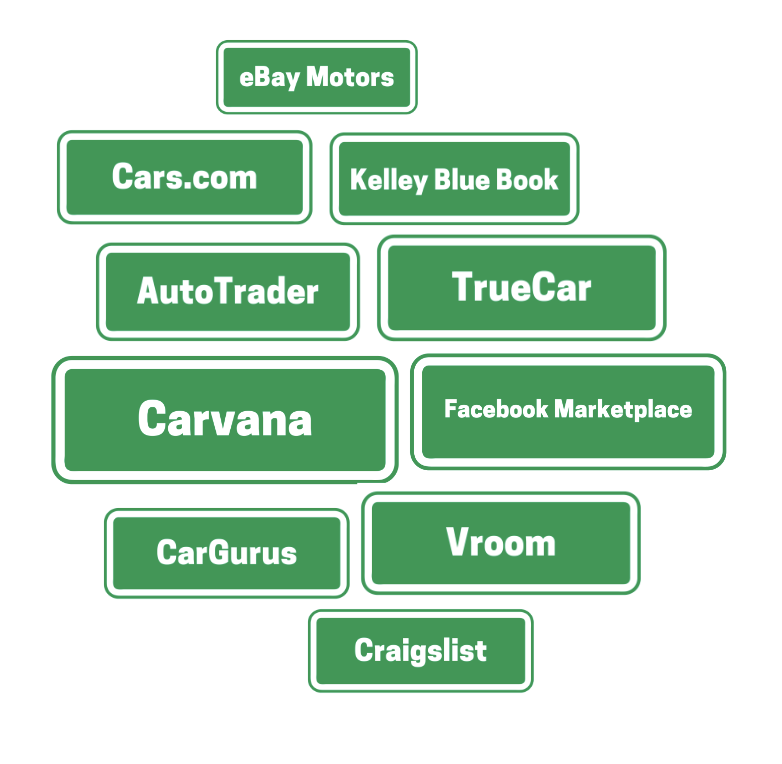
Personal Financial Considerations:
Your personal financial situation plays a crucial role in determining when to sell your car. If you need immediate funds or anticipate upcoming expenses, selling your car sooner may be necessary. However, if you can afford to wait for the optimal selling time, you might benefit from holding onto your car for a little longer.
- Immediate Need for Funds: If you find yourself in a situation where you require immediate funds, selling your car sooner rather than later might be necessary. It could be due to unexpected expenses, a financial emergency, or the need to free up capital for other investments or purchases. In such cases, prioritize your financial well-being and make a practical decision based on your current circumstances.
- Upcoming Expenses: If you anticipate upcoming expenses that could strain your finances, selling your car at the right time can help you alleviate the burden. For example, if your car’s warranty is expiring soon, and you expect potential repairs to be costly, it might be wise to sell the vehicle before the warranty ends. By doing so, you can pass on any potential repair costs to the buyer and avoid out-of-pocket expenses.
- Transportation Alternatives: Assess your transportation options before deciding to sell your car. If you have access to reliable public transportation, ride-sharing services, or car-sharing programs in your area, you may have more flexibility in selling your car. Consider the availability, convenience, and cost-effectiveness of these alternatives. Selling your car could result in savings on fuel, insurance, maintenance, and parking costs, which can be redirected towards other financial goals.
- Future Car Needs: Reflect on your future car needs and whether your current vehicle aligns with them. If you anticipate changes in your lifestyle, such as a growing family or a longer commute, you might need a different type of vehicle. Assess whether your current car meets those needs or if it’s more practical to sell it and invest in a more suitable vehicle. Planning ahead can save you from potential regrets or the need for another car transaction shortly after selling your current one.
- Emotional Attachment: Emotional attachment to your car can sometimes cloud your judgment when it comes to selling. While it’s natural to have sentimental value attached to your vehicle, it’s important to strike a balance between emotions and financial practicality. Consider the potential financial gains and benefits of selling your car at the right time, and evaluate whether holding onto it solely for sentimental reasons aligns with your overall financial goals.
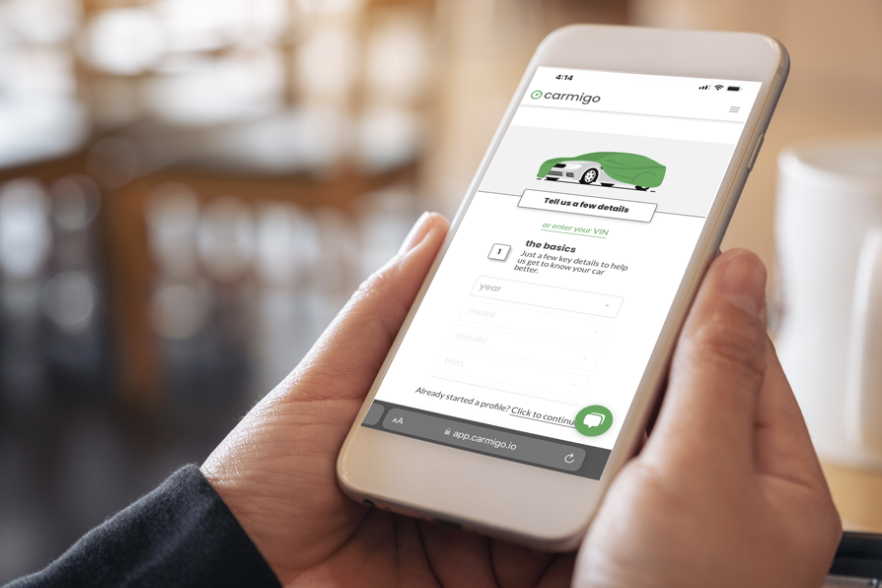
When It’s Time To Sell Your Car:
One of the easiest and quickest ways to sell a car instantly is through Carmigo. The Carmigo marketplace has plenty of dealerships eager to give you offers on your car. The process to list is simple, and only tasks take a few minutes. After you answer some questions about your vehicle and snap a couple pictures, you’re well on your way to selling your car. Carmigo sends your car out to its huge network of dealerships and before you know it, your car sells instantly (or at least within a day). This is all done from your phone too, so not only is it quick – it’s extremely easy. Once your car sells, they pick it up and you get paid.
Here’s a breakdown of the typical timeline when selling your car through Carmigo:
- List: Navigate to the Carmigo website to begin a listing. Just enter your VIN and follow the instructions until you’ve filled out all the necessary information. Make sure information like your mileage and condition are accurate. Then take a few pictures. After this, Carmigo will take care of the rest.
- Sell: At this stage, there is little left for you to do. You can simply sit back and wait for offers to roll in. Perhaps take a stroll or watch your favorite show. Once your car sells, Carmigo will arrange for your vehicle’s pickup.
- Get Paid: Once your car is picked up, you’ll get paid. Simple as that. If you have any questions along the way, the Carmigo team is happy to help. With very little effort and time, you can sell a car in an instant with Carmigo.











